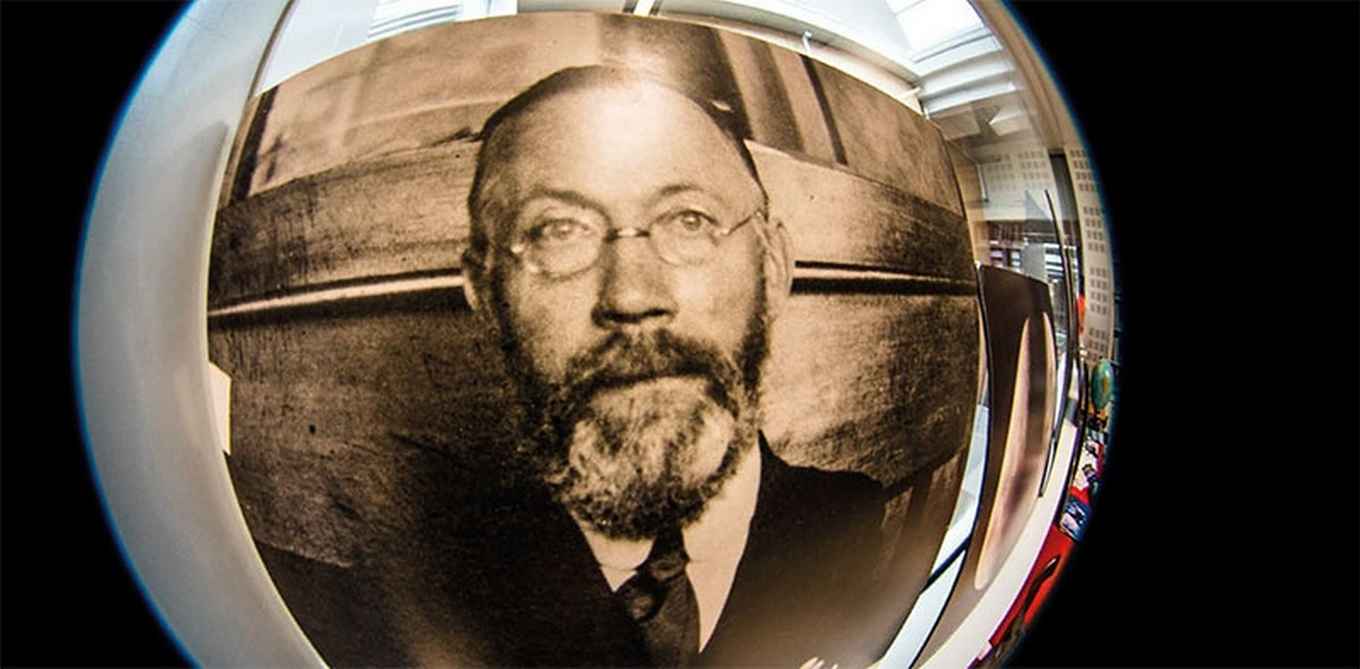The Anton Pannekoek Institute for Astronomy
The Anton Pannekoek Institute (API) furthers research, teaching, and public understanding of astronomy. It conducts astronomical research and trains astronomers from bachelor to postdoctoral level, aiming to be world-leading level in its activities.
